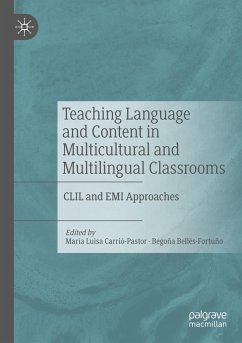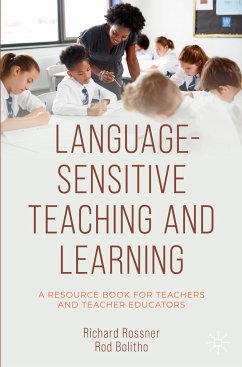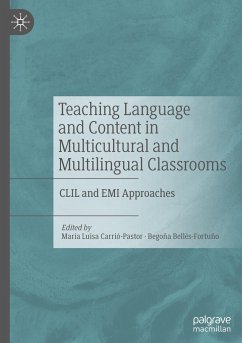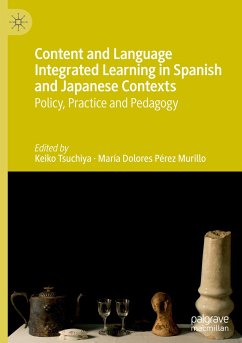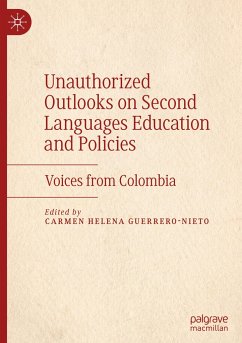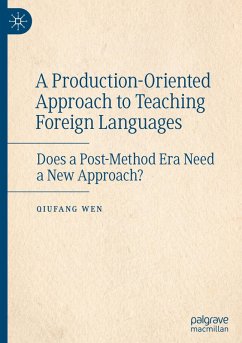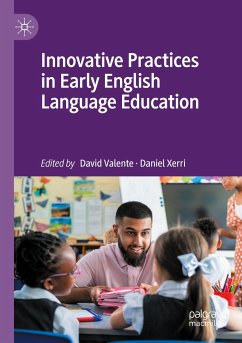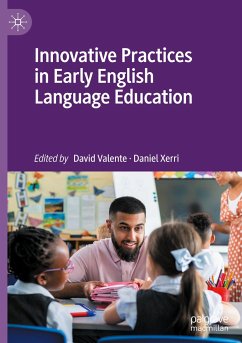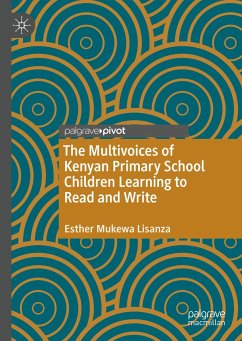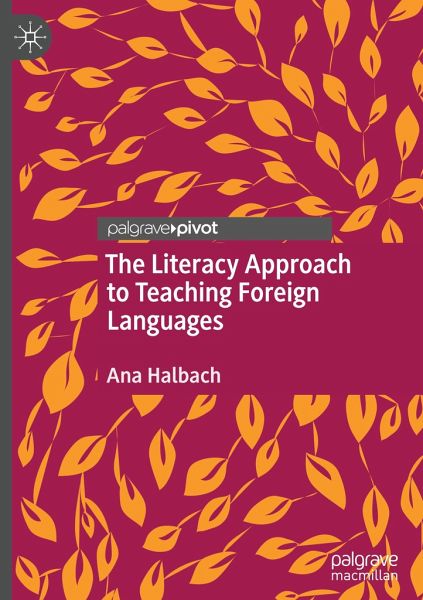
The Literacy Approach to Teaching Foreign Languages

PAYBACK Punkte
19 °P sammeln!
This book describes a new approach to teaching foreign languages for primary and secondary school that shifts the attention from learning the language to communicate skillfully in the foreign language. The approach focuses on developing students' literacy skills as a way to discover language and make it meaningful. In the first four chapters the rationale for the approach is explained and illustrated with examples from different units of work in different languages (French, English and Spanish). Chapter 5 talks the reader through a complete unit of work based on a YouTube video, while chapter ...
This book describes a new approach to teaching foreign languages for primary and secondary school that shifts the attention from learning the language to communicate skillfully in the foreign language. The approach focuses on developing students' literacy skills as a way to discover language and make it meaningful. In the first four chapters the rationale for the approach is explained and illustrated with examples from different units of work in different languages (French, English and Spanish). Chapter 5 talks the reader through a complete unit of work based on a YouTube video, while chapter 6 looks at how this approach can be integrated into an existing curriculum. The book ends by looking at teachers and their difficulties in implementing this approach, and finally sets the Literacy Approach against recent developments in education. This volume will be of interest to academics, students and teachers in fields including foreign language education, literacy development, and CLIL.





